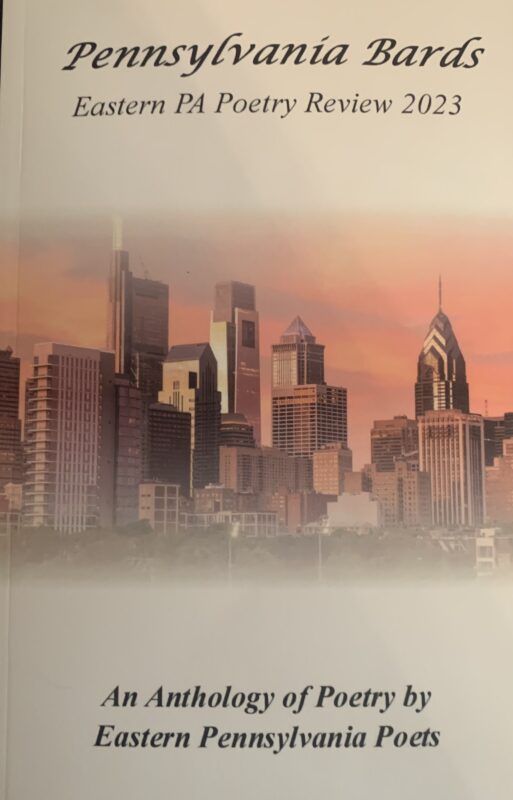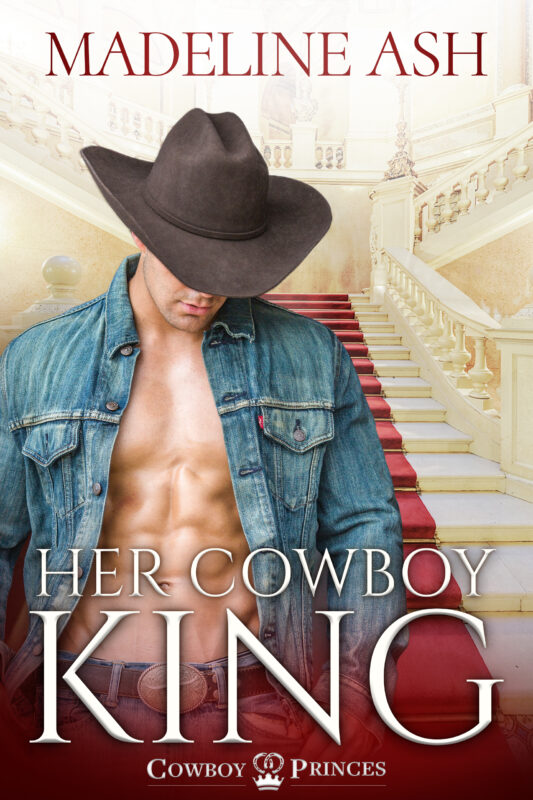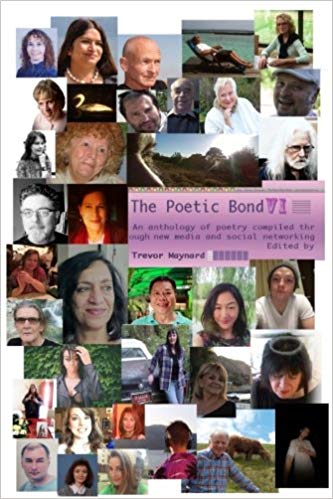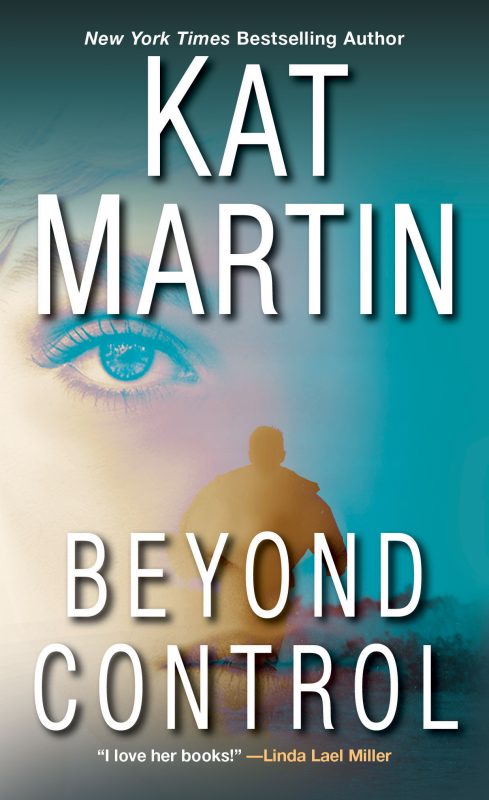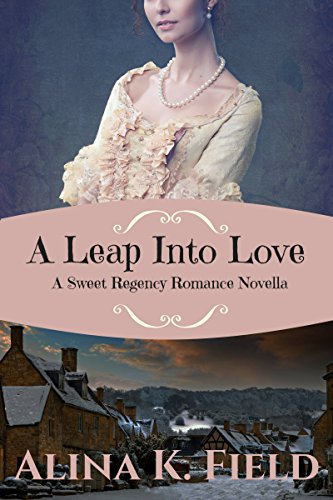Defining Default: it’s your choice
March 15, 2022 by Rebecca Forster in category The Write Life by Rebecca Forster, Writing tagged as #amwriting, #writing, Craft, editing I love the word default. It is so definitive. It is authoritative when you’re on the right side of it; terrifying if you’re on the wrong side. Default on your loan. Default the game. You have failed to live up to your promise. Over! Done! Fini— unless you do something to change the situation PDQ and get back on track.
I love the word default. It is so definitive. It is authoritative when you’re on the right side of it; terrifying if you’re on the wrong side. Default on your loan. Default the game. You have failed to live up to your promise. Over! Done! Fini— unless you do something to change the situation PDQ and get back on track.
Then came computers and the word default got a makeover. It’s softer. Helpful. Kind. The word became synonymous with a do-over. Default is now your safety net. Screwed up your settings? Default. Go back to the beginning. Get a do-over. It’s okay. We got your back.
Ah…
Well, don’t get too comfy with that default button, especially when you’re writing. I have a new book that I let lie fallow for two Covid-years because I took a creative hike, turning to manual hobbies like sewing and quilting, crafting and cooking. Now I’m back and making a sprint to complete the last 25%. I’m jazzed because it’s almost done. I proudly sent the first three quarters of the manuscript to my editor fully expecting the green light to cross the literary finish-line.
Sadly — and thankfully —her input was the exact opposite. I had dialed in my characters. I had been lazy with my red herrings. I had defaulted in the bad way, and not lived up to my promise to deliver my best work to my readers. On the other hand, she was offering me the chance to default in the kind way: reset, rethink, and rework. It was up to me to decide if I wanted to skate, shrug my shoulders, and publish a book that was ‘just okay’, or go back and make this the best book it can be.
I decided to go with option two. Reset. Rethink. Rework. That’s what author’s do. Thankfully, I have a great editor who is clear that how I define the word default — and how I respond to that definition— is up to me.
0 0 Read moreBACK TO SCHOOL: The Write Way to Learn your Craft
September 15, 2021 by Rebecca Forster in category The Write Life by Rebecca Forster, Writing tagged as Craft, craft class, Craft Workshops, writing I never thought I’d be a novelist, much less a USA Today and Amazon bestseller. I wish I could say that I was an overnight success, but it’s taken years to hone my skills because I am self-taught. The extent of my writing education was to crack open a bestselling novel (with a glass of wine by my side), highlight important passages and transitions, and then mimic the authors’ style. At some point, I found my own voice, and it was magical. I could have cut years off my learning curve if I had access to the online information that is available now. While I love the energy of in-person education, I found two intriguing options for writers, whether they are new or experienced. Maybe one will be right for you.
I never thought I’d be a novelist, much less a USA Today and Amazon bestseller. I wish I could say that I was an overnight success, but it’s taken years to hone my skills because I am self-taught. The extent of my writing education was to crack open a bestselling novel (with a glass of wine by my side), highlight important passages and transitions, and then mimic the authors’ style. At some point, I found my own voice, and it was magical. I could have cut years off my learning curve if I had access to the online information that is available now. While I love the energy of in-person education, I found two intriguing options for writers, whether they are new or experienced. Maybe one will be right for you.
‘Ninety-Day Novel’ walks you through finishing your first book in three months. There are weekly in person Zoom meetings, recorded lessons, and exercises landing in your mailbox to help you along. It doesn’t get more hands on than this.
‘Masterclass’ is awesome. This platform provides virtual classes taught by award-winning authors such as Margaret Atwood, Malcolm Gladwell, and James Patterson to name just a few. Masterclass will elevate your work, and as an added bonus you’ll learn how to get your finished work published.
CreativeLive is perfect for authors who are feeling pretty good about their craft but are looking for practical advice. No celebrity authors here. Rather, you’ll be learning from entrepreneurs, bloggers, and online personalities.
This September take a cue from the kids. Get back to school and learn from the people who wrote the books on writing. You won’t even need a backpack!
*These links are for information only. Masterclass is $15.00 a month billed annually. Ninety-Day Novel is donation based, with $1,000 being suggested but $500 being the least amount accepted. Creative Live is $13.00 a month.
HERDING BUTTERFLIES: DEFINING A WRITER’S WORK
August 15, 2021 by Rebecca Forster in category The Write Life by Rebecca Forster tagged as Craft, writing

“I wish I had your job. All you do is sit around and make up stories all day.”
“I’ve got a great story for you. You write it and I’ll split the royalties.”
If writers had a dollar for every time someone told them they were on easy street they would be — well—on easy street. But we know the work is hard, that dedication is a prerequisite, and thick skin is the uniform we wear everyday. So if you ever need to explain the life of a writer, here’s how you can break it down.
STEP ONE: Herd Butterflies
Of the millions of words in the world, a writer must choose 100,000, and fit them together like puzzle pieces to create a seamless story. There is no wand to wave so that they magically fall in place. Nor is there a spell to cast that will take the vague, foggy images on the periphery of writer’s consciousness, give them form and function, and create memorable characters. Likewise a plot and story can be elusive. Initially these ideas are as solid as quicksand. One wrong step and the writer sinks. If we’re not willing to do this painstaking work to corral our butterflies, sculpt our characters, and create a solid plot foundation then we are not writers.
STEP TWO: Sit
Writers sit for hours, and days, and weeks on end. Months go by and still we sit. A writer may mentally plot or test dialogue while seeing to real life, but the hard work is accomplished by putting our butts in the chair while everyone else plays. If we give into temptation and join the party, we are not writers.
STEP THREE: Sand, Paint, and Patch
When the typing is done, the editing begins. Editing is an ugly, depressing, miserable process. Shave a word here, add ten there. Delete pages, chapters, chuck the whole book and start again. A writer prints out hard copy, marks it up until the pages look bloody with edits. Then a real pro inputs the edits and starts all over again. If we aren’t our own best critic, one willing to make things right for our readers, we are not real writers.
So when someone says they fancy your job or waxes romantic about a writer’s life, smile. Admit that writing is a wonderful profession. Insist that you would never dream of taking their amazing idea even though you’re tempted. Assure them that they deserve the literary glory. Do offer to look at their manuscript when it’s finished. While you’re waiting, you can start herding butterflies for your next blockbuster.
1 0 Read moreEating–A Writer’s Humanizing Element in Stories Ancient and New
June 13, 2021 by Bethlehem Writers Group in category From a Cabin in the Woods by Members of Bethlehem Writers Group tagged as BWG, Craft, DT Krippene, writing
I remember a National Geographic article from a few years ago, The Joy of Food, by Victoria Pope, offered an interesting observation.
“The sharing of food has always been part of the human story . . . ‘To break bread together’, a phrase as old as the Bible, captures the power of a meal to forge relationships, bury anger, and provoke laughter.”
In creating contemporary fictional scenes, epic fantasy moments, or science fiction settings, food and the act of eating, humanizes a story. Our mouth waters with tantalizing narrative of baked goods and braised stew. Romance tickles when someone gently hand-feeds a morsel of food to a love interest. Intrigue is piqued while supping at the table of a wealthy nineteenth-century Duke. Warmth ebbs in our bones when characters share spit-roasted game around a campfire in the dead of winter. We smile when a normally dysfunctional family banters happily around a holiday feast, setting aside for a moment, that which keeps them apart.
Food can be a defining backdrop with apocalyptic and dystopian fiction. Driven back to our hunter-gatherer forbearers, societies are demoralized with heart-wrenching memories of how abundant food once was. Haves and have-nots when food is scarce, polarize villages, communities, entire nations. Food as common currency is reborn. Suzanne Collins’ Hunger Games trilogy is an excellent example of this. S.M. Stirling’s Dies the Fire serialized life when the power went out—permanently. Christopher Nolen’s movie Interstellar, painted somberness from food-blighted, agrarian collapse.
Food weighs heavily when portraying communal tables, customs, folklore, and regional diversity. George R.R. Martin’s Song of Fire and Ice series is rich with culinary indulgence and subsistence living. Tolkien’s Hobbits are quiet, yet passionate diners. Elves are vegans, and dwarves—well—they’ll eat anything that isn’t green. Robert Jordan’s fourteen book Wheel of Time series has more eating scenes than grains of sand in the Wicked Witch of the West’s hourglass. Vampire feeding is a genre unto itself. Opinions vary on what Zombies find nutritious.
Science fiction poses a stronger challenge with respect to otherworldly beings, especially when writers have to define characteristics of sentient alien life. Babylon 5 was a jewel of multiple alien interactions, all with unique culinary customs. Mary Doria Russell’s The Sparrow did a masterful job of characterizing alien beings by what they shared with pioneering visitors from earth. Hard-core Star Trek fans can cite Klingon fare as if reading from a menu. One of my favorite movies was The Matrix where human “copper-tops” dreamed of real food, but the few humans outside the matrix subsisted on something resembling watery eggs. Has all the body needs, amino acids, proteins . . .” The very sight of it made me gag.
Eating is the ultimate show versus tell enhancer. Here’s one in an old story I wrote that attempts to capture all five senses. A pungent smokiness wafted from the meat offering that resembled a hairless, mummified rat carcass. The skin crackled between her teeth and her eyes watered from its unsalted, campfire bitterness. It was like trying to eat a botched taxidermy job, or an Amazonian shrunken beast stolen from a museum.
A story lacking a good eating scene falls short in illustrating a fundamental anthropological trait, not to mention missing out on a lot of fun writing.
What’s my favorite eating scene? Have to turn the clock back to the 1963 movie adaptation of Henry Fielding’s classic novel set in the British eighteenth-century, The History of Tom Jones, A Foundling, where the handsome Tom and his dining partner wordlessly consume an enormous meal while lustfully gazing at each other.
That’s what I call eating.

A native of Wisconsin and Connecticut, DT Krippene deserted aspirations of being a biologist to live the corporate dream and raise a family. After six homes, a ten-year stint in Asia, and an imagination that never slept, his annoying muse refuses to be hobbled as a mere dream. Dan writes dystopia, paranormal, and science fiction. His current project is about a young man struggling to understand why he was born in a time when humans are unable to procreate and knocking on extinction’s door.
You can find DT on his website and his social media links.
Some of DT Krippene short stories appear in the following anthologies
Writing Conflict Hurts
May 18, 2021 by marianne h donley in category Ages 2 Perfection Online Class, Online Classes tagged as Aged to Perfection, Craft, June 2021, Melinda Curtis, Writing class, writing conflict
Writing Conflict Hurts
Presented by: Melinda Curtis
Date: June 1 – 30, 2021
Pricing: A2P Member fee: $15
Non-A2P Member fee: $30
About the Workshop:
Writing conflict hurts – not just because it makes your characters suffer, but also because it’s painful to create and carry through on the page. However, conflict drives story and holds an editor’s attention, which means it sells books. Conflict also entices readers to turn the page, which helps create a satisfying experience (plus repeat purchases). Bring a story idea to this interactive course and learn how to build, refine or edit your stories by creating compelling conflict and stronger plots, one element at a time. Takeaways include:
- Developing story goals that are hindered by conflict
- How to deepen character and create emotionally satisfying endings
- Better understanding of internal and external conflict
- The “bumpers” that keep your characters acting consistently
- Conflict that catches the attention of editors and agents
- Summarizing and presenting your finished or developing story, including synopses, taglines and product descriptions
About the Presenter:
Prior to writing romance, award-winning, USA Today Bestseller Melinda Curtis was a junior manager for a Fortune 500 company, which meant when she flew on the private jet she was relegated to the jump seat—otherwise known as the potty. After grabbing her pen (and a parachute) she made the jump to full-time writer. A hybrid author, Melinda has over 60 titles published or sold, including 40 works to Harlequin and five to Grand Central Forever, mostly sweet romance and sweet romantic comedy. One of her books, – Dandelion Wishes –, was made into a 2020 TV movie – Love in Harmony Valley. She recently came to grips with the fact that she’s an empty nester and a grandma, concepts easier to grasp than movies made from her books or jet-setting on a potty
0 0 Read moreAffiliate Links
A Slice of Orange is an affiliate with some of the booksellers listed on this website, including Barnes & Nobel, Books A Million, iBooks, Kobo, and Smashwords. This means A Slice of Orange may earn a small advertising fee from sales made through the links used on this website. There are reminders of these affiliate links on the pages for individual books.
Search A Slice of Orange
Find a Column
Archives
Featured Books
BEYOND CONTROL
Present Danger—When Victoria Bradford got engaged, she told herself to give love a chance. Six months later, she's on the run from her angry, abusive ex-fiancé with her four-year-old daughter and nowhere to go.
More info →A LEAP INTO LOVE
Can a gentleman be too charming? The ladies of Upper Upton think so.
More info →Newsletter
Contributing Authors
Search A Slice of Orange
Find a Column
Archives
Authors in the Bookstore
- A. E. Decker
- A. J. Scudiere
- A.J. Sidransky
- A.M. Roark
- Abby Collette
- Alanna Lucus
- Albert Marrin
- Alice Duncan
- Alina K. Field
- Alison Green Myers
- Andi Lawrencovna
- Andrew C Raiford
- Angela Pryce
- Aviva Vaughn
- Barbara Ankrum
- Bethlehem Writers Group, LLC
- Carol L. Wright
- Celeste Barclay
- Christina Alexandra
- Christopher D. Ochs
- Claire Davon
- Claire Naden
- Courtnee Turner Hoyle
- Courtney Annicchiarico
- D. Lieber
- Daniel V. Meier Jr.
- Debra Dixon
- Debra H. Goldstein
- Debra Holland
- Dee Ann Palmer
- Denise M. Colby
- Diane Benefiel
- Diane Sismour
- Dianna Sinovic
- DT Krippene
- E.B. Dawson
- Emilie Dallaire
- Emily Brightwell
- Emily PW Murphy
- Fae Rowen
- Faith L. Justice
- Frances Amati
- Geralyn Corcillo
- Glynnis Campbell
- Greg Jolley
- H. O. Charles
- Jaclyn Roché
- Jacqueline Diamond
- Janet Lynn and Will Zeilinger
- Jaya Mehta
- Jeannine Atkins
- Jeff Baird
- Jenna Barwin
- Jenne Kern
- Jennifer D. Bokal
- Jennifer Lyon
- Jerome W. McFadden
- Jill Piscitello
- Jina Bacarr
- Jo A. Hiestand
- Jodi Bogert
- Jolina Petersheim
- Jonathan Maberry
- Joy Allyson
- Judy Duarte
- Justin Murphy
- Justine Davis
- Kat Martin
- Kidd Wadsworth
- Kitty Bucholtz
- Kristy Tate
- Larry Deibert
- Larry Hamilton
- Laura Drake
- Laurie Stevens
- Leslie Knowles
- Li-Ying Lundquist
- Linda Carroll-Bradd
- Linda Lappin
- Linda McLaughlin
- Linda O. Johnston
- Lisa Preston
- Lolo Paige
- Loran Holt
- Lynette M. Burrows
- Lyssa Kay Adams
- Madeline Ash
- Margarita Engle
- Marguerite Quantaine
- Marianne H. Donley
- Mary Castillo
- Maureen Klovers
- Megan Haskell
- Melanie Waterbury
- Melisa Rivero
- Melissa Chambers
- Melodie Winawer
- Meriam Wilhelm
- Mikel J. Wilson
- Mindy Neff
- Monica McCabe
- Nancy Brashear
- Neetu Malik
- Nikki Prince
- Once Upon Anthologies
- Paula Gail Benson
- Penny Reid
- Peter J Barbour
- Priscilla Oliveras
- R. H. Kohno
- Rachel Hailey
- Ralph Hieb
- Ramcy Diek
- Ransom Stephens
- Rebecca Forster
- Renae Wrich
- Roxy Matthews
- Ryder Hunte Clancy
- Sally Paradysz
- Sheila Colón-Bagley
- Simone de Muñoz
- Sophie Barnes
- Susan Kaye Quinn
- Susan Lynn Meyer
- Susan Squires
- T. D. Fox
- Tara C. Allred
- Tara Lain
- Tari Lynn Jewett
- Terri Osburn
- Tracy Reed
- Vera Jane Cook
- Vicki Crum
- Writing Something Romantic
Affiliate Links
A Slice of Orange is an affiliate with some of the booksellers listed on this website, including Barnes & Nobel, Books A Million, iBooks, Kobo, and Smashwords. This means A Slice of Orange may earn a small advertising fee from sales made through the links used on this website. There are reminders of these affiliate links on the pages for individual books.



















